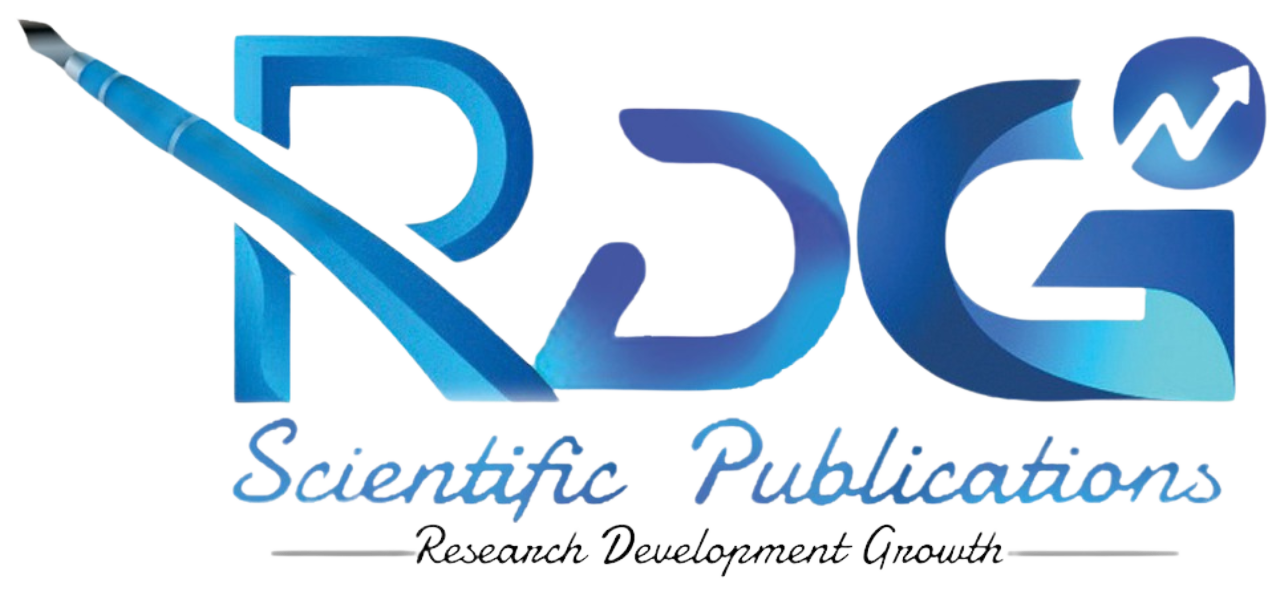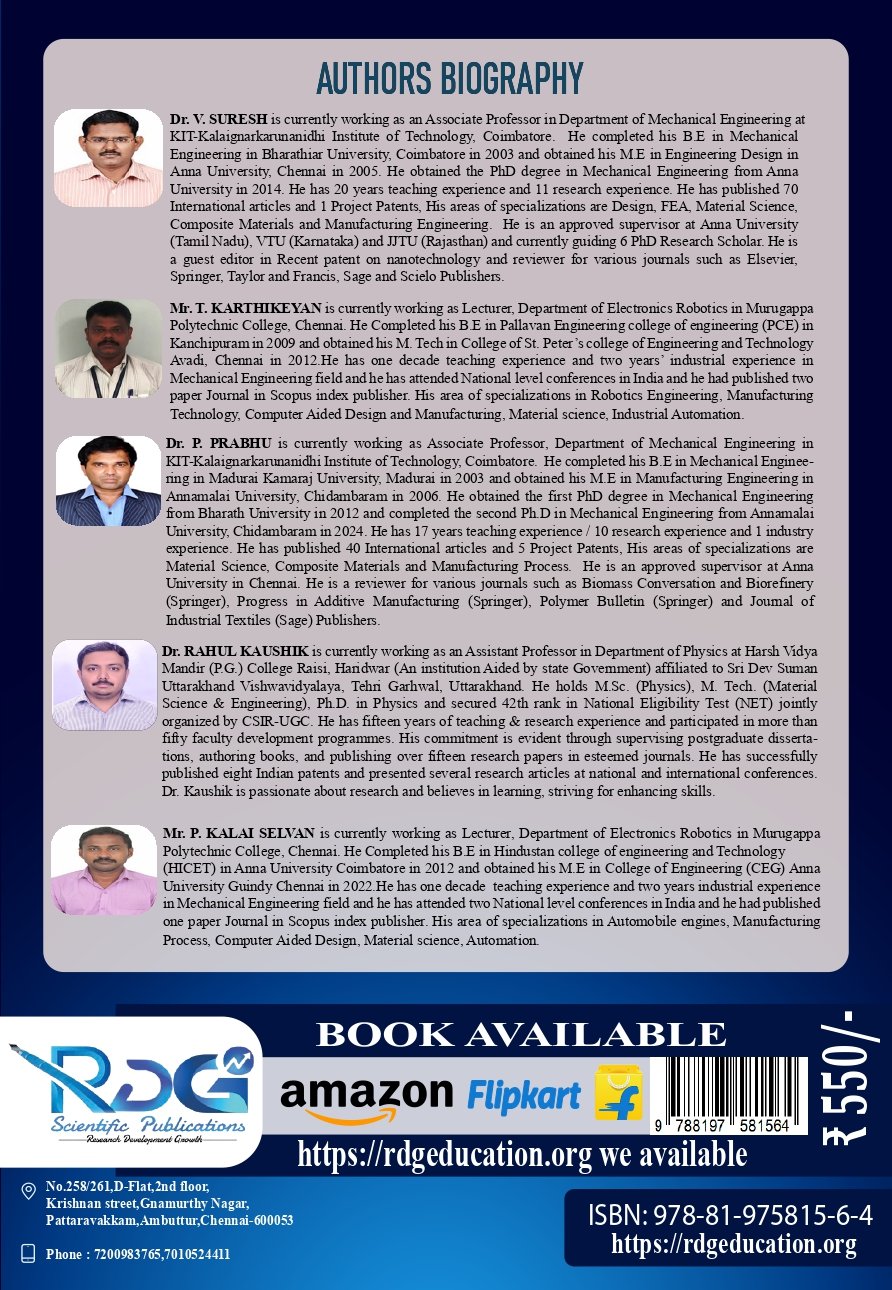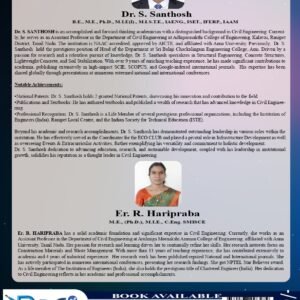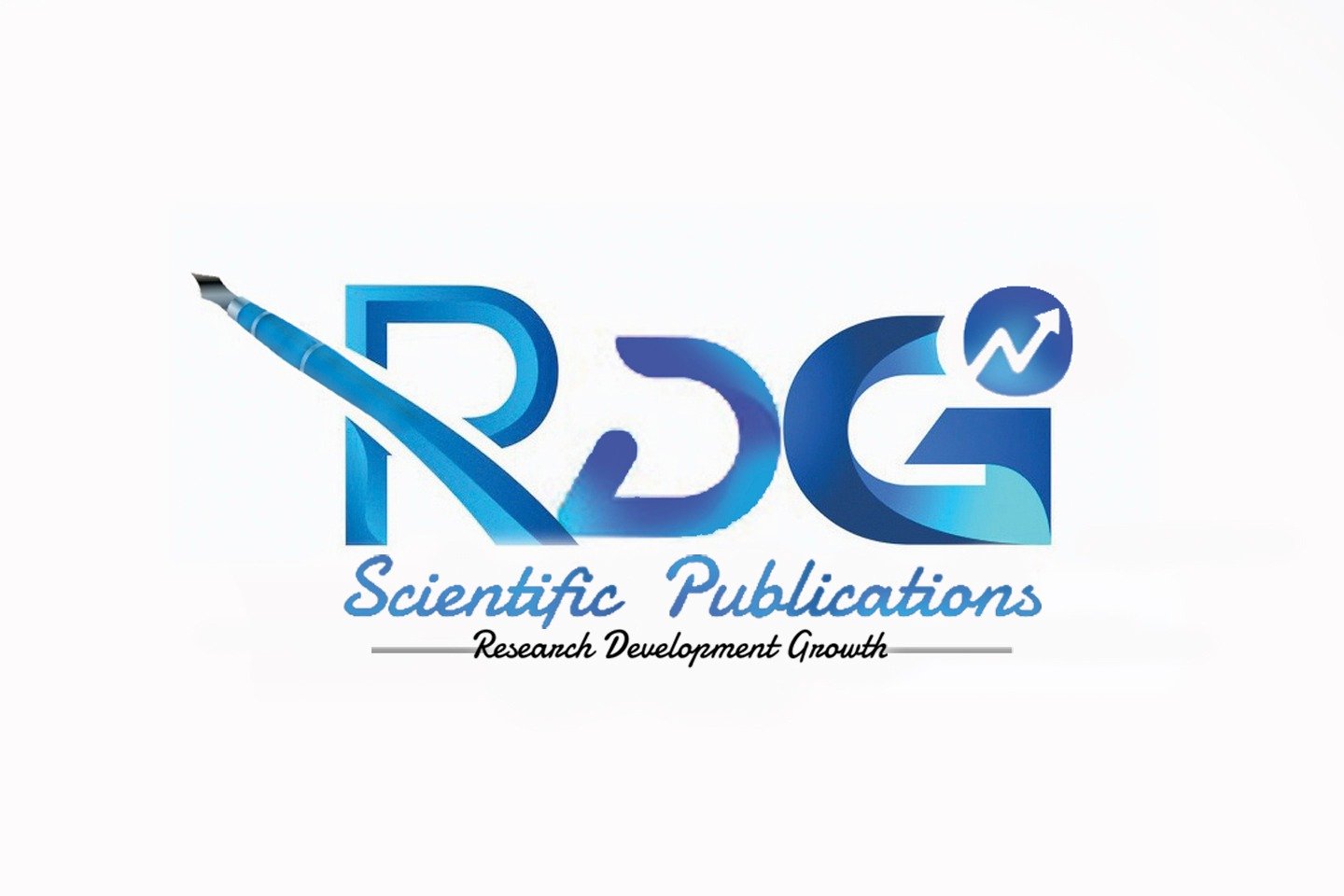In recent years, the field of nanoscience and nanotechnology has
emerged as one of the most exciting and transformative areas of
scientific research. By manipulating matter at the atomic and molecular
levels, researchers have unlocked new potentials for innovation across
various domains, from materials science to medicine. This book aims to
provide a comprehensive introduction to these fascinating fields,
encompassing their history, methods, and applications.
Nanotechnology, though a relatively young discipline, has
rapidly evolved from its conceptual beginnings to a broad and dynamic
field with diverse applications. This book traces the development of
nanotechnology from its early stages through its evolutionary and
radical phases, detailing both bottom-up and top-down approaches to
nanostructure fabrication. Each chapter is designed to give readers a
solid understanding of the fundamental principles and methodologies
involved, along with practical insights into the applications and
implications of nanoscience.
The book begins with an overview of nanotechnology, exploring
its origins and the various methods employed in the creation of
nanostructures. We delve into the critical aspects of nanoscale science,
including the significance of size and the impact of nanostructures on
mechanical, chemical, and physical properties. The discussion extends
to specific materials and phenomena such as nanoparticles, quantum
dots, and nanowires, highlighting their unique characteristics and
applications.
A significant portion of the book is dedicated to nanomaterials,
including carbon-based structures like fullerenes, graphene, and carbon
nanotubes. These materials are at the forefront of nanotechnology
research and hold promise for revolutionizing numerous industries. The
text covers their synthesis, properties, and potential uses in various
fields, offering a detailed examination of the latest advancements and
research trends.
The toolkit section provides a practical guide to the techniques
and technologies used in nanotechnology research and development.
From methods of nanoparticle synthesis to imaging and manipulating
nanostructures, this section equips readers with the knowledge
necessary to understand and apply these advanced techniques.
Applications of nanotechnology are vast and varied. The book
explores how nanotechnology is being utilized to address challenges in
environmental science, medicine, data storage, and more. Specific
applications discussed include targeted drug delivery, nano-
biotechnology, and the development of advanced materials for energy
and electronics.
This book is intended for a broad audience, including students,
researchers, and professionals in the fields of science and engineering.
Whether you are new to the subject or seeking to deepen your
understanding, the comprehensive coverage provided here will serve as
a valuable resource. We hope to inspire further exploration and
innovation in the ever-evolving field of nanoscience and
nanotechnology.
We would like to acknowledge the contributions of the
researchers and practitioners whose work has paved the way for the
advancements discussed in this book. Their dedication and ingenuity
continue to drive the field forward, shaping the future of technology and
science.






















Reviews
There are no reviews yet.